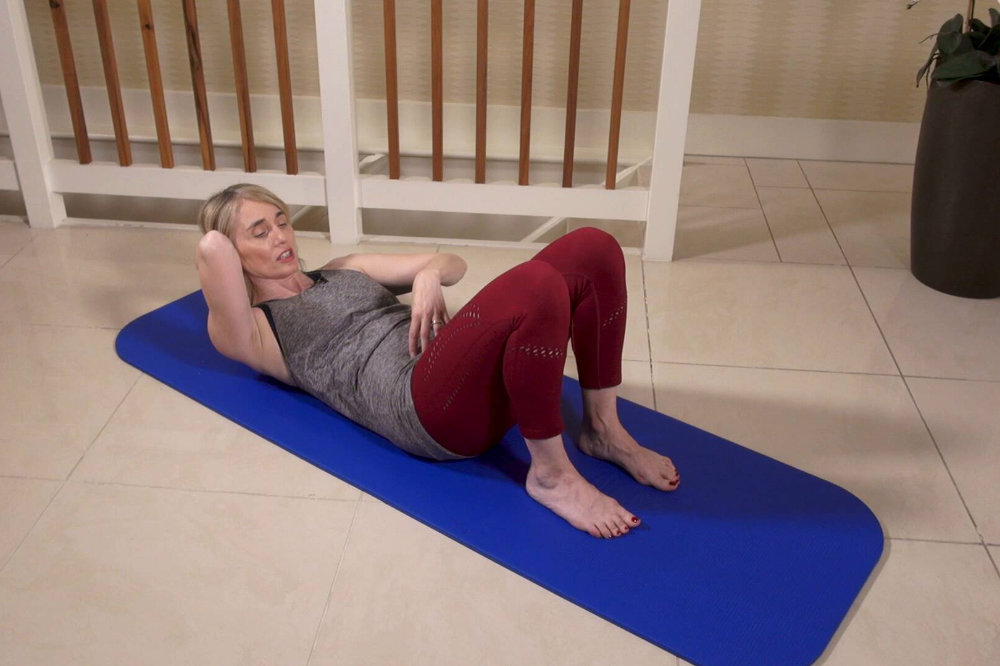 Estimated reading time: 2 minutes
Estimated reading time: 2 minutesBut what if I told you the opposite? What if I told you to soften your belly. Who wants a soft belly? Not many people put their hands up because we’ve been educated to believe by the fitness industry that it is better physically and aesthetically to have hard, toned abs. On top of this pressure to ‘look good’, a condition like hypermobility brings issues surrounding stability in the torso which often involves bracing or guarding. A 6-pack might look good to some, but it’s not so great for what’s going on behind the top layer.
I’ve been discussing this with a few clients. Allowing myself to have a soft belly was something I found really challenging when I first tried. When you have been used to guarding, bracing or holding in your stomach muscles as a form of stability, these muscles can become chronically tight. I had been holding myself together like this for 30 years, so I had zero concept of what a relaxed, lengthened abdominal wall could feel like. This appears to be very common in hypermobility as we grab onto anything, we can to help us stabilise. I call it false stability.
Can we ‘let go’ enough to allow the belly to become soft. This shouldn’t lead to a collapse of the spine, however. Rather, a strong, lengthened spine with a relaxed abdominal wall. I recommend trying a four-point kneeling position as in this position because gravity can help release those muscles. You can also be on your elbows or rest your arms on a chair to take pressure off arms. You can of course try this seated too.
This brings back some fluidity to the lumbar spine, it can help release tightness around the low back and hips and you can breathe easier. It can also help with stomach issues as you give the organs more space.
Of course, this is not to say we don’t want strong abdominals to support the spine. We do, but really strong, functional abdominals are not achieved by holding the muscles in tight and doing pure concentric exercises. A muscle needs to expand and contract on demand. That is healthy muscle tissue. A muscle held in constant contraction is not a healthy muscle. It is a tired, angry muscle.
Give your belly some love and let it go!
If you are interested in learning to move in a functional way The Zebra Club has a vast library of movement classes to help you on your way!
No Comments